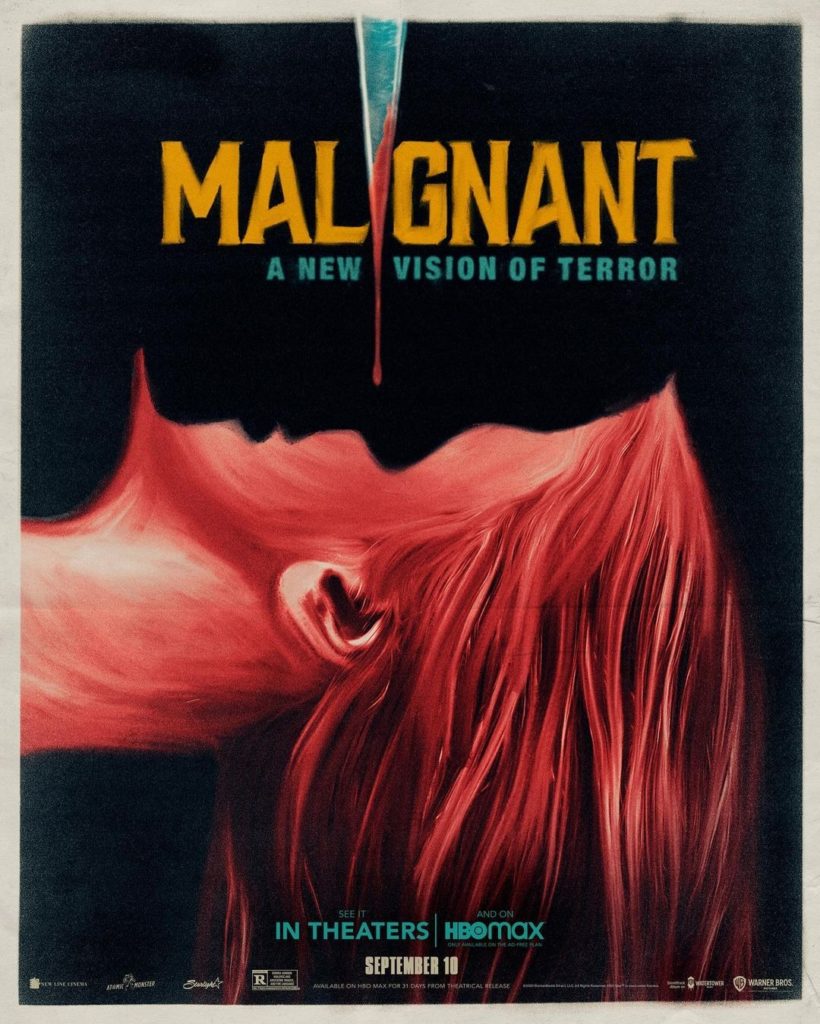I spent some time as a bartender about 20 years ago. It was something I trained for, and I even got a certification in Mixology. During the two-week course I learned many different formulas for many different cocktails, some more exacting than the others. One of the least exacting, if not THE least, was the Long Island Iced Tea.
The general rule was to pour a big glass of sweetened iced tea, and then just dump a bunch of whiskey, vodka, rum, gin, tequila, or whatever else you happened to have lying around into it. As long as the tea was sweet enough to dominate the flavor palate, it really didn’t matter what sort of brain-melting, toxic brew you added to the glass.
Every time I prepared this drink for a customer, or ordered it for myself, the goal was never anything more or less than to get super f’n drunk. By and large, the Long Island Iced Tea accomplished this goal even if the flavor sensors had no real idea what to make of the elixir that had just been inflicted upon them. The sensation I felt while watching Malignant on HBO Max was very similar.
I’m going to get into big time spoilers below, so consider this your warning.

Director James Wan is most well known for his part in creating the “Conjuring Universe” and played no small part in the wave of small-budget-but-legitimately-good horror films beginning when he directed the first Saw movie. Yes, he also direct a Fast And Furious film and Aquaman, but his calling card remains these smaller films. When one hears that Wan was making a move called Malignant, one can’t help but group them in with his other films The Conjuring and – more specifically – Insidious. But, much like the first 30 minutes of this film, that is merely a smokescreen. Malignant is the Long Island Iced Tea of horror films, because it is a mash-up of at least three different types of horror movies.
The first act of the film plays like a ghost story, which is well-tread ground for Wan and his creative team. There is a prologue at a spooky asylum not dissimilar to a haunted castle. There is our main character, Madison, whose abusive husband is murdered by a shadowy figure that moves in seemingly impossible ways. The lights in her house begin flickering once she returns from the hospital after her own injuries are healed. And she begins seeing specters out of the corner of her eye. All traditional ghost movie tropes.
But the second act changes things. As more people are murdered, and these people have a common link to the asylum in the prologue, we can clearly see a physical entity is brutally killing them. Madison begins receiving threatening phone calls from a mysterious person who calls himself “Gabriel” at which time you, as a viewer, may begin to understand that this was not a ghost story. My interpretation at the time was that Gabriel was a psychic projection that Madison was unwillingly harboring. And, so I begin watching the movie more as a Jekyll & Hyde story than a ghost story. At this point, my interest was piqued, as there had been far fewer Jekyll & Hyde adaptations than ghost movies in the past decade or two. But that also only lasts for another 30 or 40 minutes before Malignant takes on its Final Form.
Act Three begins with Madison being arrested for the murders when a mysterious woman falls through her ceiling while she’s being interviewed by police detectives. This surprises her as much as any them or her sister, Sydney, who has been doing her best to help Madison cope with all the craziness. Madison is taken into custody, and locked inside a holding cell with fifteen or twenty other people. While a few of them being to smack her around, Sydney makes her way to the creepy asylum to grab Madison’s old medical files. Turns out, Madison was born “Emily” and committed to the asylum by her teenaged mother – the mysterious woman who Gabriel/Emily took captive and fell through the ceiling. And this is where the viewer hits the bottom of his first Long Island Iced Tea, and orders up another.
Turns out that Gabriel is real, he was a tumor/conjoined twin attached to Madison/Emily’s back who shared a brain with her and made her do bad things. Gabriel/Emily also has some sort of psychic power that explains how he can speak through phones and radios, and blow up the lightbulbs in the house. But wait, there’s more!
As revealed from old VHS tapes that Sydney finds, the doctors from the prologue – who Gabriel was murdering – performed a surgery where they removed Gabriel’s underdeveloped arms, legs, torso, and most of his head from Emily’s body. This is shown in an extremely gruesome montage. The problem was that, due to them sharing a brain, there was just a little bit of Gabriel’s face remaining on the back of Emily’s head. So, naturally, the doctors pushed that little bit into Emily’s skull, and somehow that left Gabriel in a dormant state until Emily/Madison’s husband cracked a wall with her head at the beginning of the film.

“That’s pretty nuts,” you might be thinking. And you’d be right, but you’d be wrong to assume that it couldn’t possibly get even more nuts when they finally show us the full transformation – werewolf movie style! While taking a beating in the holding cell, Gabriel (or what little is physically left of him) physically emerges out of the back of Emily/Madison’s skull. Gabriel, now in-control of the body, then snaps all of his (their?) limbs backwards to fall in-line with his face (more or less). So, now everything he does is contorted and in-reverse, which makes for quite the discombobulated viewing experience. After that brief foray into Cronenbergian body horror, Malignant becomes a Terminator or Predator movie in the home stretch.
Gabriel somehow has super-strong-backward-murder-ninja skills. How, or why, is not discussed or frankly relevant once you’ve gone this far into this batsh*t insane movie. Much like after chugging that Long Island Iced Tea, you’re now fully along for the ride, and there’s not much you can do about it. Gabriel slaughters the twenty people in the holding cell, breaks out, and then murders the twenty cops left in the police station with fairly minimal effort. Now, when I say “slaughter” and “murder” I want to be clear that these killings are both balletic and bloody. Much of the stunt work was done by a contortionist, and that honestly makes me appreciate the film more than if it had all be CGI. But Gabriel is a whirling dervish of a murder machine, and the fight scenes in the holding cell and police station are amongst the most original and visceral that have come along in quite some time.
Gabriel is eventually stopped when he tries to kill Sydney and Emily/Madison’s mother and Emily/Madison re-takes control of her body. She then locks Gabriel away in her mind, presumably until he’s needed for the eventual sequel where he’ll probably be used as more of an anti-hero. Which, by the way, is a movie I would definitely sign up for. Although, in another never-explained revelation, Gabriel was apparently feeding on the life energy of Madison’s unborn children, causing her to have several miscarriages, so maybe “anti-hero” is not really in his future.
Like the morning after a Long Island Iced Tea bender, you may not know what the hell happened in Malignant, but you’ll somehow know that you had a fun time. The benefit that the film has over the bender, though, is that it will surely return you home, safe and sound. You’ll also probably have less of a hangover.
